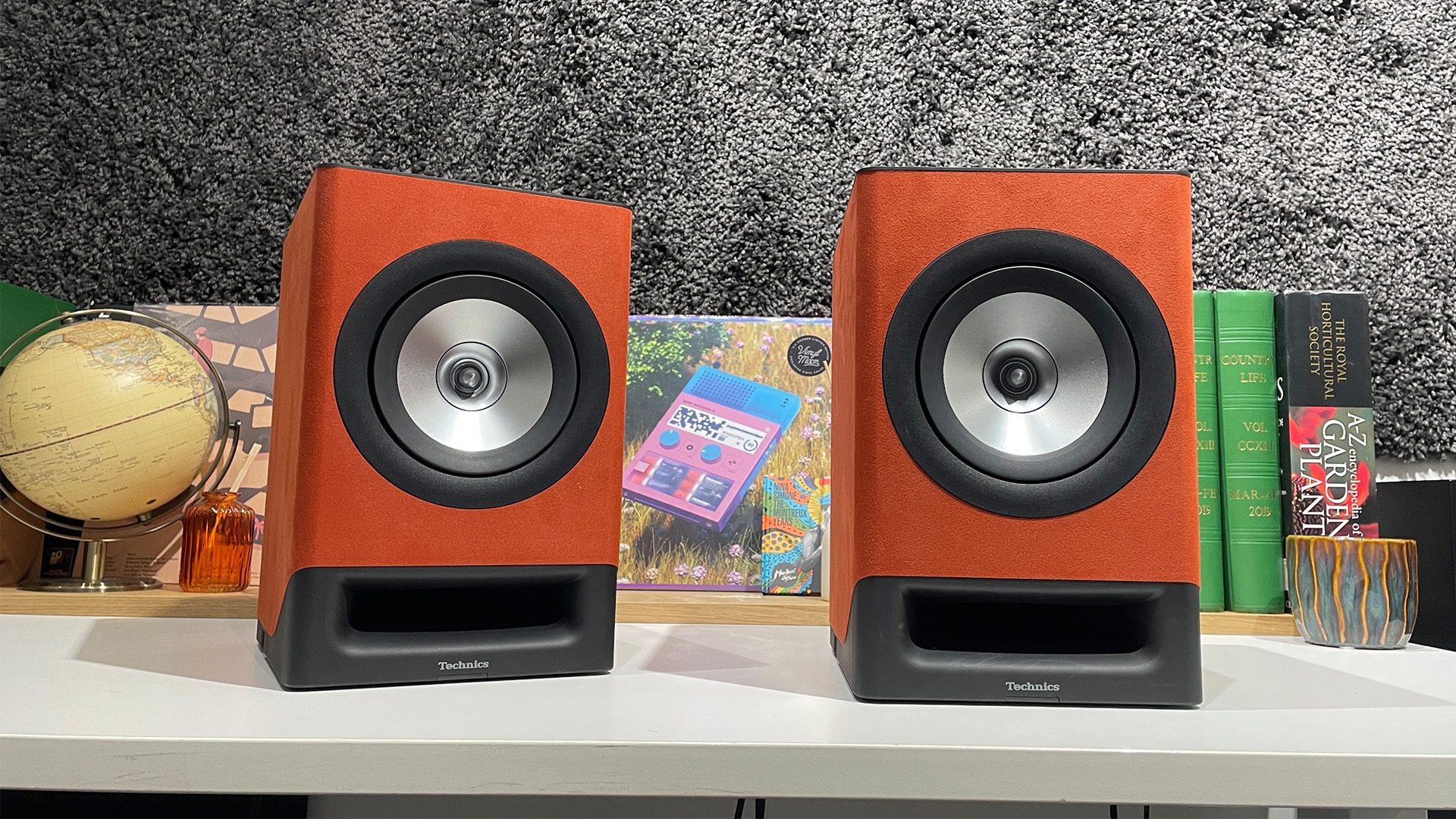What Hi-Fi? Verdict
We can see Technics has put plenty of thought into the SC-CX700 and they execute some elements well, but a serious lack of refinement and dynamics really spoil the listening experience
Pros
- +
Seriously punchy, powerful bass
- +
Expansive stereo image
- +
Impressive sense of scale
- +
Good connectivity
Cons
- -
Coarse upper-mid/lower treble
- -
Lack of dynamic contrast
- -
App feels laggy
Why you can trust What Hi-Fi?
What should a modern hi-fi system look like? If you ask some members of our review team, they will describe a streaming speaker system just like the Technics SC-CX700.
Traditionally, it’s hi-fi separates that have been, and for many people still are, the building blocks of any system. But in a world that is becoming increasingly wrapped up in the convenience of wireless, an all-in-one system that shares similar features to this Technics set-up could be the natural, logical choice for a lot of people.
Everything you need for your listening journey is packed into the two boxes you see here. Driver units? Check. Amplification? Check. Streaming engine with access to multiple streaming services? Check. Enough connectivity options to cater for all your needs? Check. An app so you have all the controls at your fingertips? Check.
The convenience of a system like this is unquestionable. Still, it can be a tricky task to integrate all the various elements into something that produces a seamless and satisfying user experience, and that’s before you even touch on getting the all-important sound quality spot on. So, how does the Technics fare?
Price
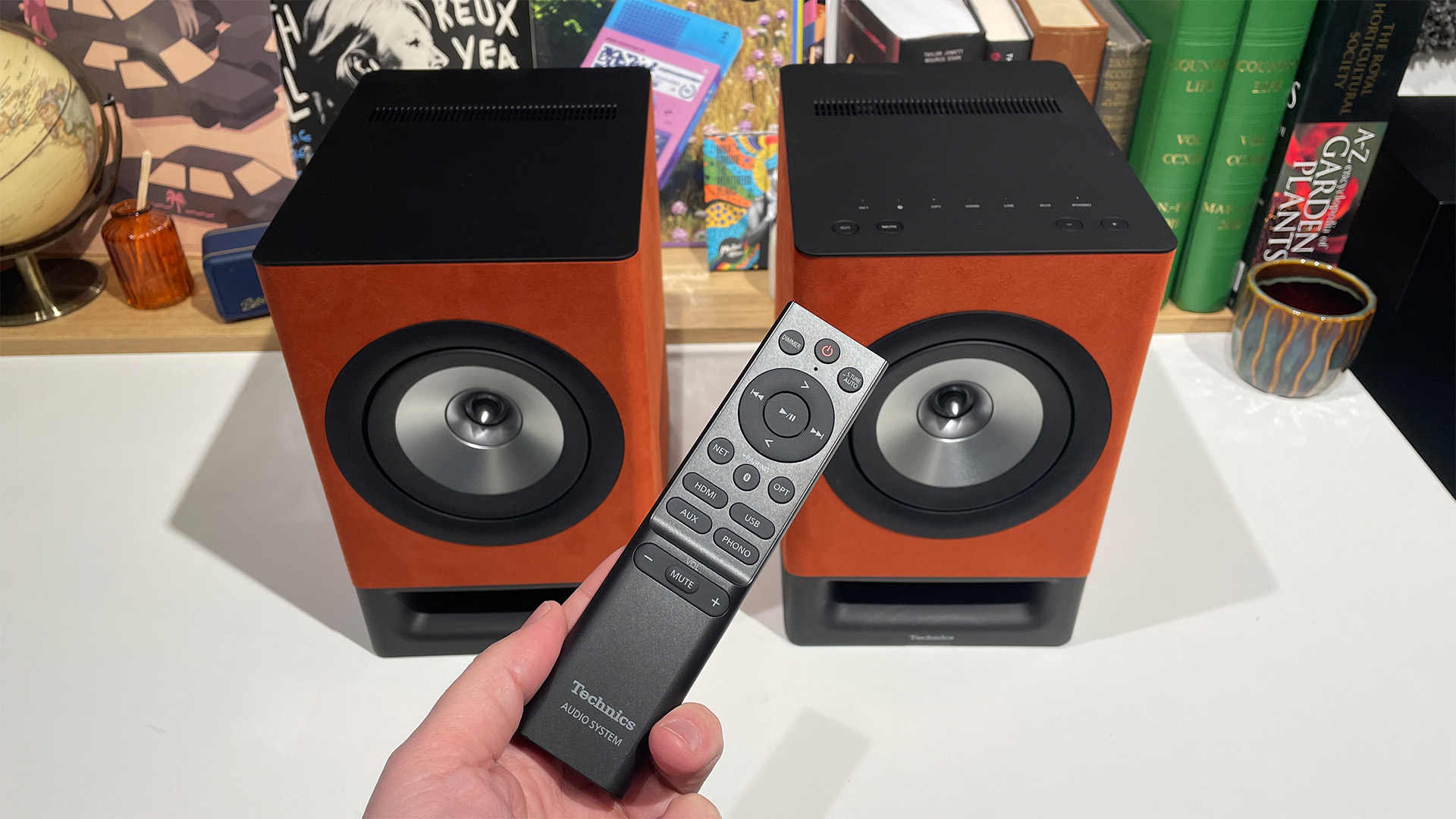
The Technics SC-CX700 system is priced at a relatively punchy £2399 / $2999 which sees them a direct rival for the five-star and Award-winning KEF LS 50 Wireless II. The KEFs are the benchmark at this level and continue to impress. We originally tested them at £2250 / $2499 but they do have a slight advantage now because they are around four years old – shop around online you can find them for closer to £2000 / $2300.
Design & build
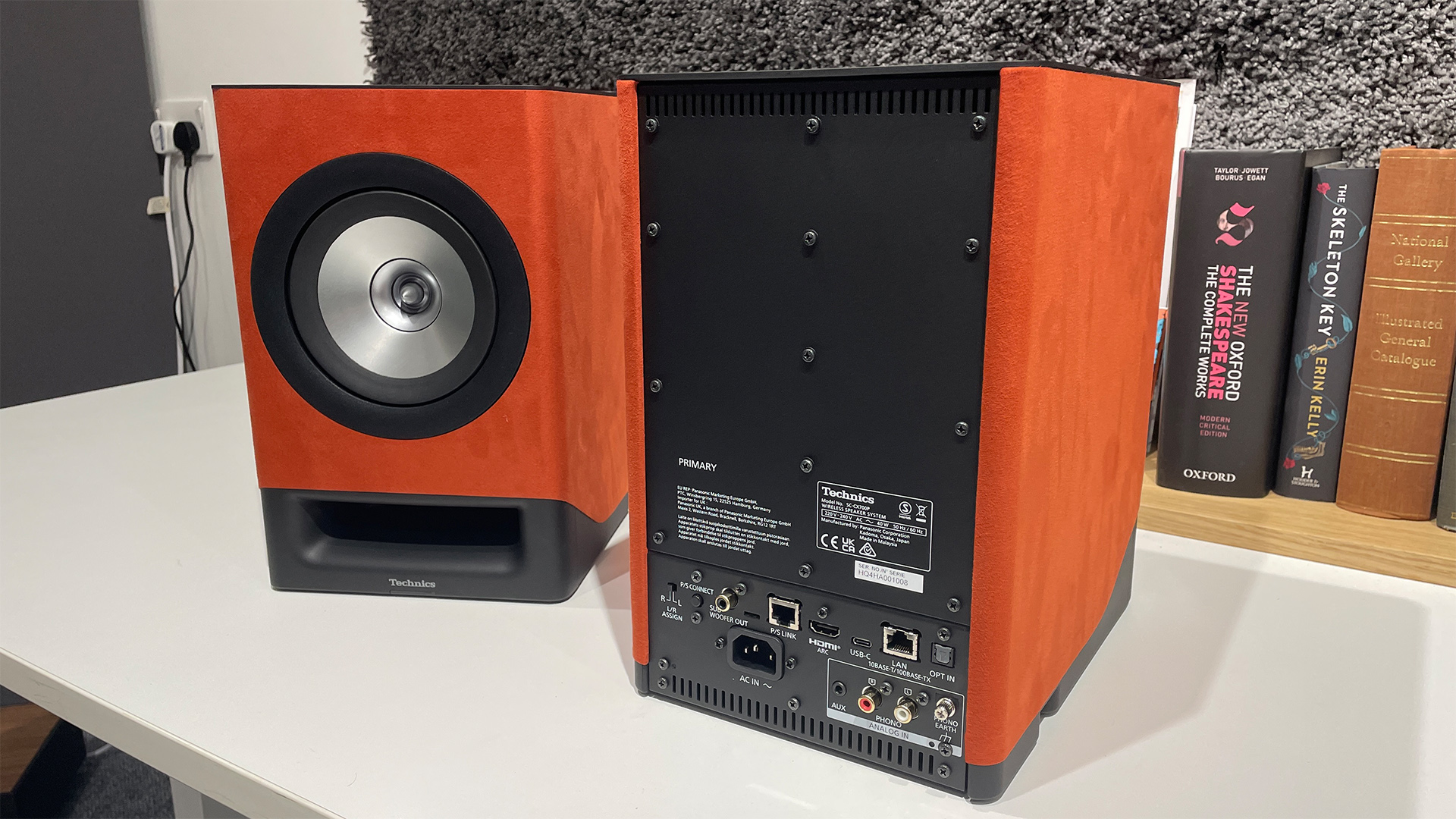
From the front, the Technics SC-CX700 look like a traditional pair of bookshelf speakers with a couple of eye-catching design elements. First is the two-way coaxial driver used in each cabinet, which sees a lightweight 1.9cm ring tweeter placed inside the throat of a 15cm woofer. Each speaker has a front-firing bass reflex port which helps with positioning.
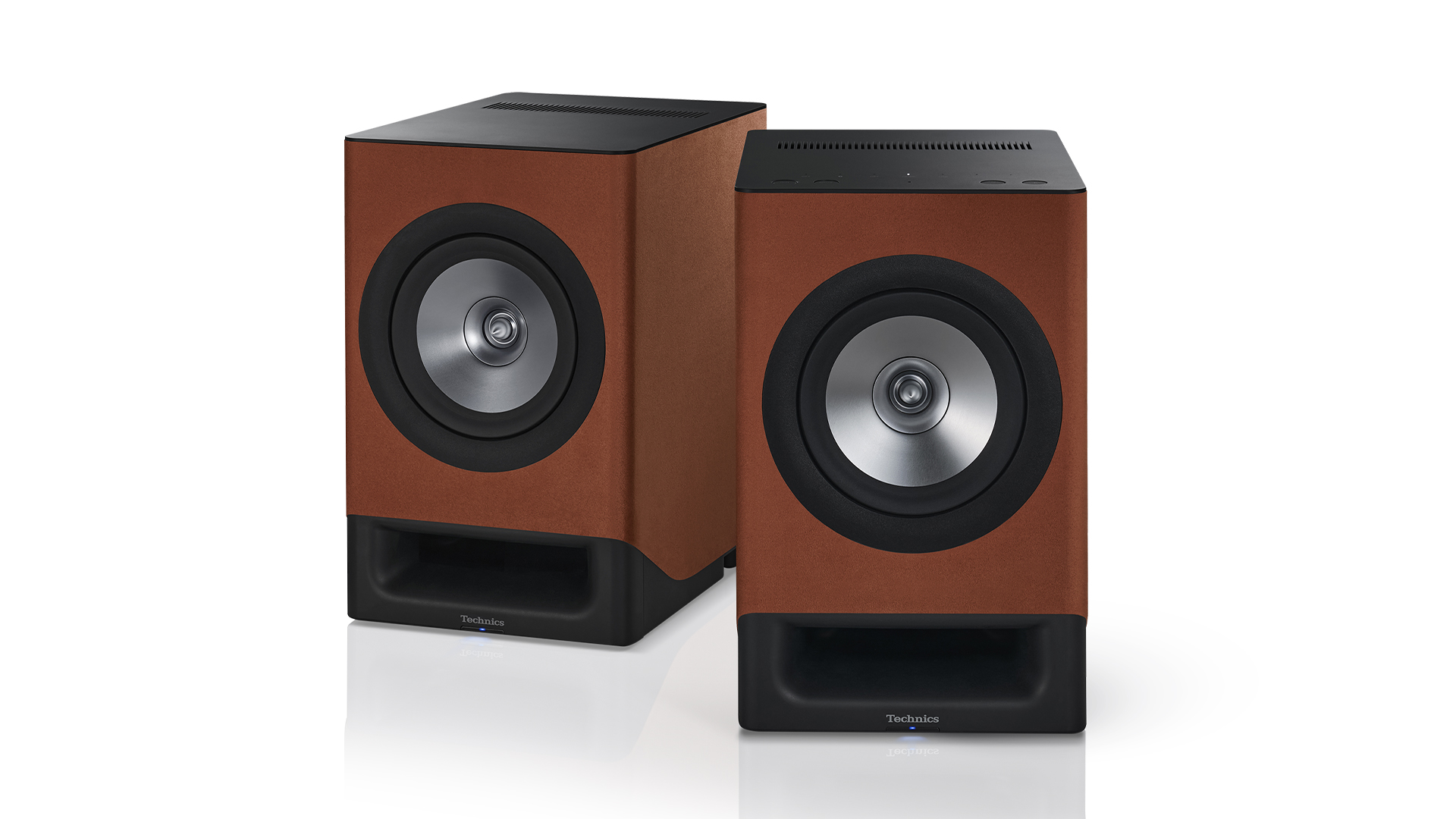
Driver Coaxial 2-way 15cm cone, 1.9cm ring tweeter
Max power 100W per channel
Streaming AirPlay 2, Google Chromecast, UPnP, Bluetooth 5.0, Roon Ready
Streaming services Spotify Connect, Deezer, Amazon Music HD, Tidal Connect, Qobuz
Max resolution support 24-bit/192kHz
Inputs HDMI ARC, optical, USB-C, Ethernet, MM phono stage
Output Subwoofer x1
Dimensions (hwd) 31.3 x 20.1 x 27.6cm (primary) / 31.3 x 20.1 x 27.2cm (secondary)
Weight 9.1kg (primary speaker) / 8.9 kg (secondary speaker)
Finishes x3 (Terracotta Brown, Charcoal Black, Silky Gray)
The second attention-grabber is the colourful Dinamica™ microfiber material which adorns the sides of each cabinet. Technics describe it as a “microfiber material with a soft suede-like texture produced in part from high-quality recycled polyester”. If strokability was a thing and we star-rated it, the Technics would get full marks. In our opinion, it’s satisfyingly smooth to the touch and looks striking in the flesh, especially the Terracotta Brown finish of our review sample. The two other finishes available are Charcoal Black and Silky Gray.
The latest hi-fi, home cinema and tech news, reviews, buying advice and deals, direct to your inbox.
Our attraction to this finish, its refinement and sophistication is in slightly stark contrast to the rest of the speaker, especially each cabinet’s top panel which feels like rather cheap plastic. Each of the rear panels are also dotted with bolts, which is a little unsightly in our view.
In terms of size, the Technics SC-CX700 are relatively compact considering what you’ve got going on inside each box and come in at just over 310mm tall and 200mm wide. Placed next to the KEF LS50 Wireless II, there really isn’t much in it.
The primary speaker hosts all the inputs and controls, and you’ll need to assign it as the right or left speaker before you start the set-up process. The remaining secondary speaker just has amplification built-in and an ethernet socket for when you want to run a wired connection between the speakers. This opens up the native file support to 24-bit/192kHz. Otherwise, the speaker system is limited to 24-bit/96kHz wirelessly, without the umbilical cable.
Inside each cabinet, Technics uses what it calls its Acoustic Solitude Construction. This structural design feature separates each electronic module from the speaker's internal volume to reduce the transmission of vibrations and so minimise their sound-degrading effects.
Each speaker is driven by a high-precision, fully digital amplifier, which Technics refers to as its JENO Engine. It claims one of the big benefits of this engine is that it helps minimise jitter or digital timing errors in the audio signals being processed by the speakers. The power output of the system is 100W per channel.
Features
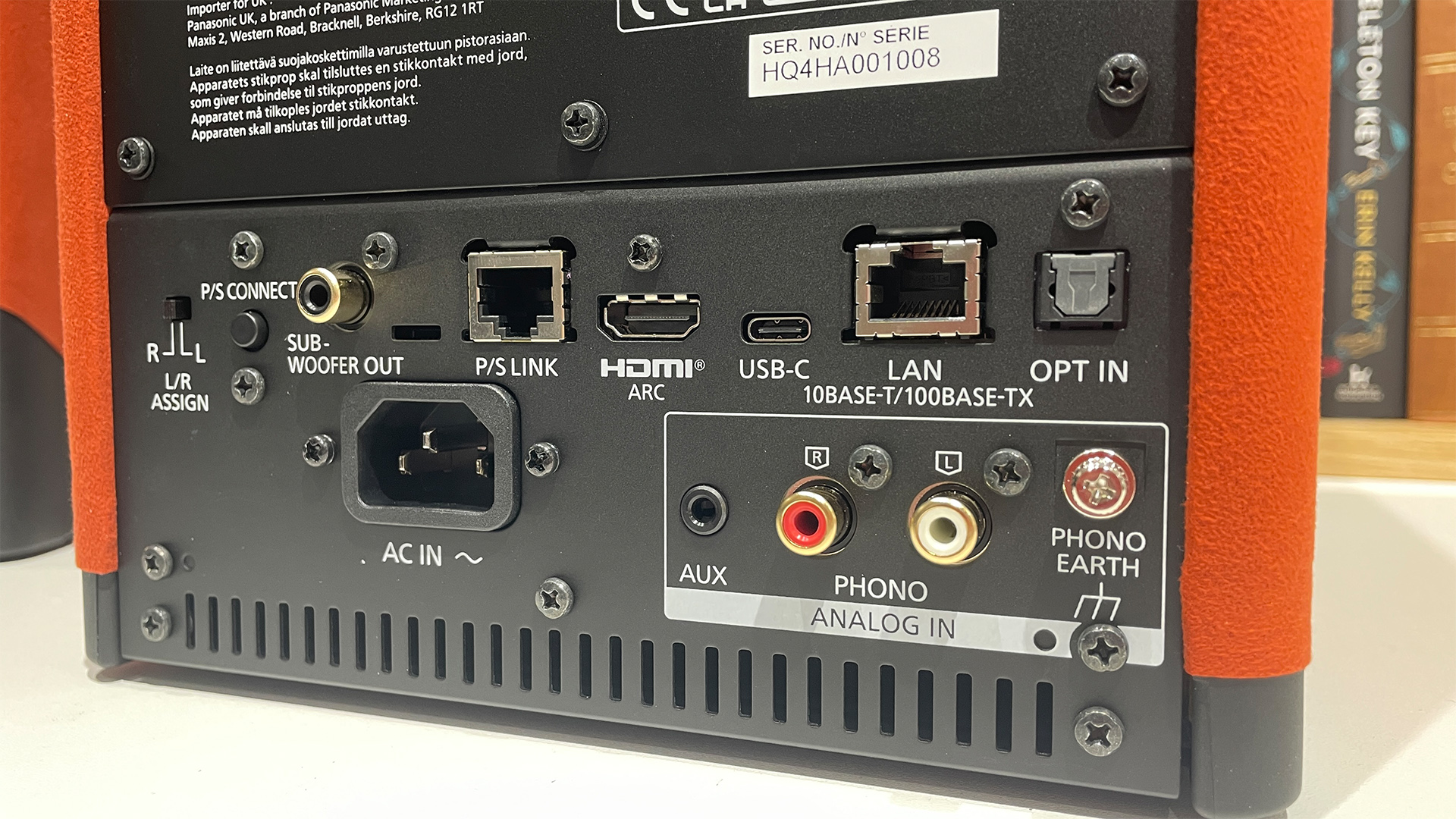
Technics ticks most boxes when it comes to the features and connectivity options you'd want from a product like this.
There’s an HDMI input (including ARC support) for hooking up to a TV, an optical digital input, USB-C socket and an ethernet socket for wiring the speakers directly into a home network. Turntable owners can even make use of the built-in moving magnet phono stage.
AirPlay and GoogleCast are supported, as is Bluetooth – although there isn’t any provision for aptX or aptX HD. You can however set the Bluetooth connection to prioritise signal stability or sound quality (which is an option you get on some Bluetooth headphones now) and there is a Bluetooth Re-master setting which seems to try and boost low-quality audio files.
All the inputs and controls are on the one speaker. On the top panel, you have a mix of touch-sensitive and physical buttons. Each source gets a touch-sensitive button which is lined up along the top, together with a small LED light which glows when in use. The four physical buttons are for power, turning the volume up and down and muting the sound.
Of course, the primary music source for the SC-CX700 will be a music streaming service and the Technics offer support for Spotify Connect, Deezer, Amazon Music HD, Tidal Connect and Qobuz. No Apple Music is a shame, but in our experience this is still the rule rather than the exception when it comes to music streamers in general. You can also take your pick from an extensive supply of internet radio stations while the speakers are also Roon Ready should you have a digital music library that can take advantage of this functionality.
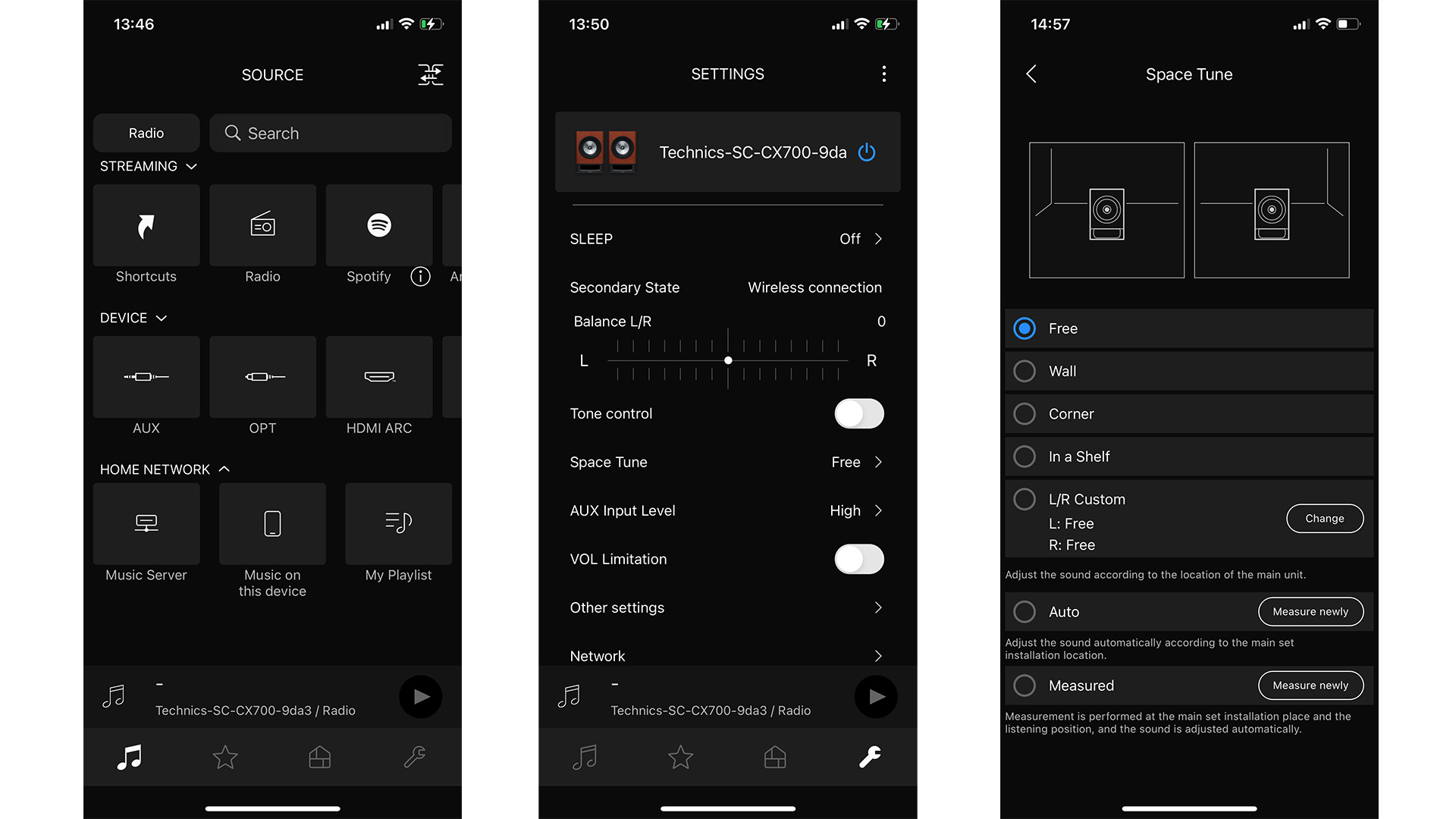
Although you do get a simple remote control in the box, all of the set-up for the speakers and the bulk of your music playback will be done through the Technics Audio Centre app.
Graphically it’s a little plain, but it is thorough, with the layout not too dissimilar to the KEF Connect app which you use with the LS50 Wireless II. The other thing we notice is that it’s laggier than the KEF equivalent and there’s more of a delay when skipping tracks, navigating playlists and jumping between the different menus. We soon got bored of seeing the ‘Reading…” loading icon and accompanying circle graphic that fills up as the app goes about loading the next screen.
The app is split into four pretty self-explanatory main areas: Source, Favourites, Room and Settings. Source is presented with a scrollable tile arrangement and gives you access to, you guessed it, all your sources, including your streaming services – you’ll need to log in to your service of choice so the app can piggyback your account and access all your music. Favourites gives you quick access to popular content such as your favourite tracks or internet radio stations. Room allows you to see what other devices you may or may not have connected to your local network. Settings is where you’ll need to head to get the speakers set up for your particular room layout.
Power up the SC-CX700 and the app hunts them down so you can put them on your wi-fi network. You’re up and running relatively quickly, but the set-up doesn’t stop there. Next, you need to tell the app how you have positioned the speakers using its Space Tune calibration feature. You have four presets built-in: Free, Wall, Corner and In a shelf. Then you have a custom option which lets you allocate different positions to individual speakers if you have a quirkier layout.
But that’s not all. You also have the option of ‘Auto’ and Measured’. You see, the Technics also have an auto-calibration system which uses either a test tone from the speakers on their own or in conjunction with readings taken using the mic on your iPhone or Android smartphone.
We flit between the different sound profiles and also move the speakers around our test room and settle on Free, with the SC-CX700 sat around 60cm from the rear wall.
We do experiment with the Auto and Measured settings during testing but find both detract from the overall sound. If anything, Measured sounds a bit forced, like the music has been artificially boosted to give greater scale and power, but the trade-off is that you lose a lot of the freedom and clarity that you get in the Free preset mode.
Sound

We kick off proceedings with the upbeat and rather funky Downtown by Macklemore and Ryan Lewis and the Technics explode off the block.
From the first piano strike, there’s an intent and purpose about the Technics’ delivery. Then the bass drops and puts a huge smile on your face. The power and weight on display is extremely impressive for a pair of speakers this size. The track’s playful bassline is deployed tunefully and with laser-guided precision. Besides slamming hard (and harder than the KEF LS50 Wireless II), low frequencies are also wonderfully textured and controlled.
The speaker system also conjures up a large, expansive stereo image. It’s far-reaching across both a horizontal and vertical axis, with the cowbell and repetitive piano strikes coming from either side and the vocal from the chorus soaring high up in front of you. There’s a good level of detail on display too – the Technics are very consistent in this regard.
But something is going on in the frequency range that grates on us. It seems to be in the realm of the upper midrange and lower treble where there appears to be a coarseness and lack of refinement that jars when listening to the track. There’s an uncomfortable edginess up there that spoils the balance of the speakers. We make sure to give the Technics plenty of running in time to allow them to limber up – around 70 hours in total – but it doesn’t smooth this bump in the road.
We switch to an acoustic track – Nothing Arrived by Villagers – where the Technics just have an acoustic guitar and mellow vocal to contend with. It’s a spacious, detailed enough performance but instantly you can hear that lack of refinement which spoils the guitar play. What should be sweet, intimate strums sounds jarring and unnatural. By contrast, the KEF LS50 Wireless II immediately connect with you. The tonal quality is on a higher plane than the Technics, with the delicacy and refinement of the guitar and vocal drawing you in, in a way that the SC-CX700 just don’t.
The Technics also don’t have the dynamic dexterity of the KEFs. They deliver tracks with precision and solidity and they have more firepower in the lower frequencies, but compared to the KEFs they sound more one-dimensional, and this lack of dynamism hinders their ability to gel with us during testing.
Playing End Credits from the Pirates Of The Caribbean: On Stranger Tides soundtrack, the swashbuckling delivery and the sharp rise and fall of the strings lack impact when played through the Technics. The combination of that troublesome coarseness, mixed with a lack of dynamic thrust and finesse means they don’t really encourage you to hang around and wait for the next track to play.
We switch over to the phono stage and connect a Rega Planar 3/Nd3 to see how the speakers fare with vinyl and, to its credit, the phono stage proves to be a solid performer. It keeps the balance and tone of the speakers. It doesn’t extract a huge amount of detail in the grand scheme of things, but it does match the life and energy, speed and punch that the speakers provide when streaming.
Verdict
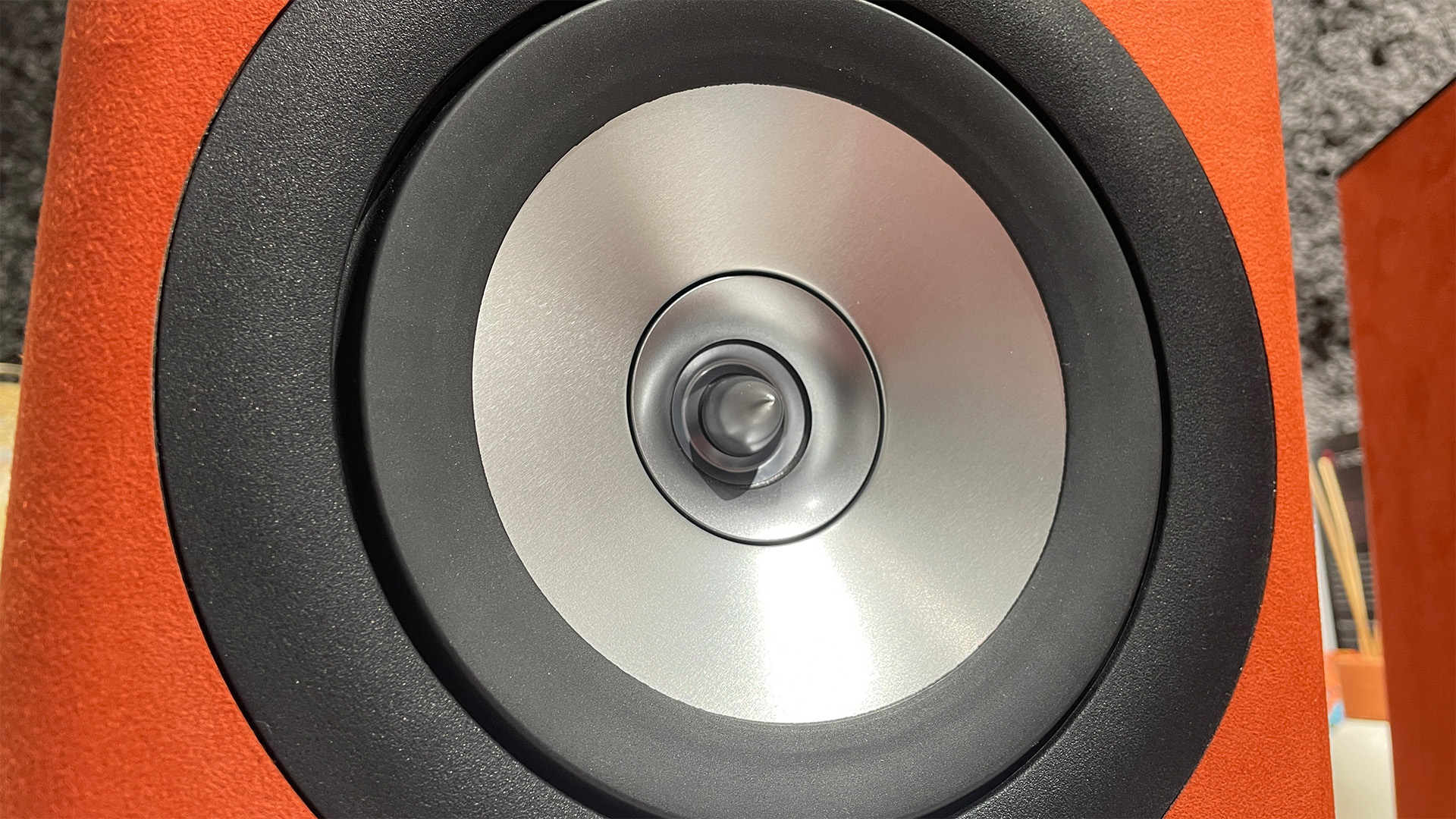
Given Technics’ form in other arenas such as turntables, wireless earbuds and CD-playing streaming systems, the fact that the SC-CX700 fall short leaves us feeling a little deflated.
Some of the ingredients are there and the speaker system actually does some impressive things, especially where sense of scale and bass performances are concerned, but issues higher up the frequency range are a big turn-off and spoil the listening experience. Add a slightly clunky app, and slightly disappointing build quality for the money, and you have a product that doesn’t quite add up to the sum of its parts.
First reviewed: January 2025
SCORES
- Sound 3
- Features 5
- Build 4
MORE:
Read our review of the KEF LS50 Wireless II
Wireless speaker vs all-in-one system vs hi-fi separates: which beginner audiophile path is right for you?
Separates vs systems: the pros and cons of each path to hi-fi nirvana
Best hi-fi systems: CD, vinyl and streaming music players for the home
What Hi-Fi?, founded in 1976, is the world's leading independent guide to buying and owning hi-fi and home entertainment products. Our comprehensive tests help you buy the very best for your money, with our advice sections giving you step-by-step information on how to get even more from your music and movies. Everything is tested by our dedicated team of in-house reviewers in our custom-built test rooms in London, Reading and Bath. Our coveted five-star rating and Awards are recognised all over the world as the ultimate seal of approval, so you can buy with absolute confidence.
